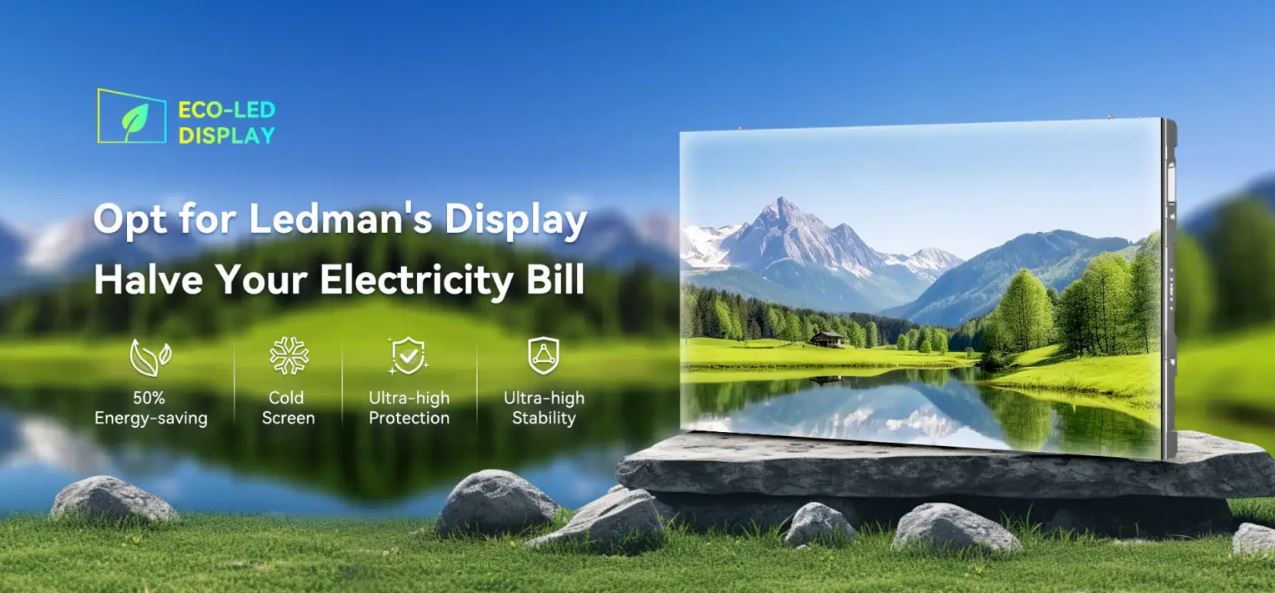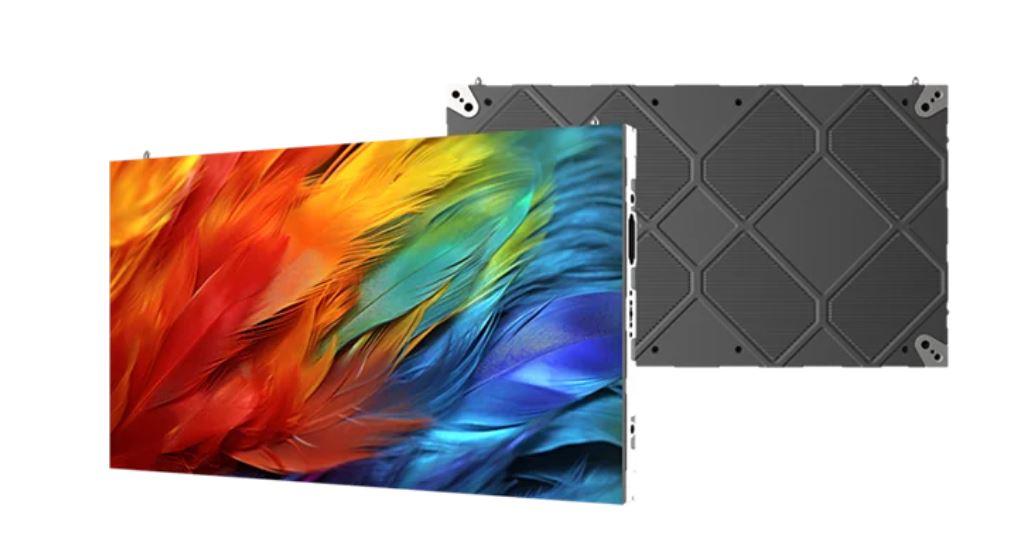When choosing a display, energy consumption is an important factor to consider. In today’s energy-conscious world, understanding the power usage of different technologies can help reduce electricity bills and minimize environmental impact.
This article will compare the power consumption of LED and LCD displays to determine which is the better choice for energy savings. Understanding the differences between these technologies will help you make an informed decision.

Understanding LED and LCD Technologies
Understanding the basics of LED and LCD technologies is crucial to appreciating their applications and energy consumption differences.
1. LED Technology
Light Emitting Diodes (LEDs) are small, efficient light sources used in a variety of applications. LEDs work by passing an electric current through a semiconductor, which emits light. One advanced type of LED technology is the Chip On Board (COB) LED, where multiple LED chips are packaged together to create a single, powerful light source. LEDs are known for their high brightness, long lifespan, and energy efficiency.
LED displays are used in many commercial settings. Here are some common applications:
-
Digital Billboards: High brightness and visibility make LEDs ideal for outdoor advertising.
-
Retail Signage: Stores use LED displays for vibrant, eye-catching promotions.
-
Sports Arenas: LED screens are used for scoreboards and live event broadcasts.
-
Conference Rooms: Businesses use LED displays for presentations and video conferencing due to their clarity and energy efficiency.
2. LCD Technology
Liquid Crystal Displays (LCDs) use liquid crystals to modulate light. These crystals do not emit light themselves; instead, they rely on a backlight. Traditionally, this backlight was provided by Cold Cathode Fluorescent Lamps (CCFL), but modern LCDs typically use LED backlighting for improved efficiency.
Common applications:
-
Point-of-Sale (POS) Systems: Retailers use LCDs for transaction screens and customer displays.
-
Airport Departure Boards: LCDs provide clear and detailed flight information.
-
Interactive Kiosks: LCDs are used in informational and transactional kiosks in public places.
-
Television Broadcast Studios: LCDs offer high-resolution and accurate color for live broadcasts.

Power Consumption of LED vs. LCD Displays
When it comes to energy consumption, understanding how LED and LCD displays use power is crucial for making an informed decision
1. LED Display Power Consumption
LED displays consume energy based on several factors, including brightness level, content displayed, screen size, resolution, and pixel pitch. For instance, higher brightness settings and dynamic content with frequent motion and color changes increase power usage. However, LED displays are generally more energy-efficient compared to older technologies.
The energy efficiency of LED displays is due to their ability to produce light directly, minimizing energy loss. LED displays can vary significantly in power consumption. For example, an average LED display can consume between 100 and 1,000 watts per square meter (W/m²), depending on its settings and usage. For instance, a typical LED billboard might use around 300-400 W/m², while high-resolution displays used indoors might consume less, around 200-300 W/m²
2. LCD Display Power Consumption
LCD displays consume energy to power both the liquid crystal layer and the backlight. The type of backlighting significantly affects power consumption, with LED-backlit LCDs being more energy-efficient than those using CCFL backlighting. Factors such as brightness setting, screen size, and content type also influence the power consumption of LCDs.
The constant need for the backlight to be on, even for displaying dark images, makes LCDs generally less energy-efficient compared to direct-view LED displays. Typical power consumption for LCDs ranges from 20 to 30 watts per square meter for smaller screens and up to 150 watts for larger displays. For example, a typical 24-inch LED-backlit LCD monitor might consume about 20-30 watts, while a larger commercial display can consume between 100-150 watts.
Comparative Analysis: Why the Difference?
The primary reason LED displays tend to be more energy-efficient lies in their technology. LEDs emit light directly, converting electrical energy more efficiently into light, while LCDs require a backlight to shine through the liquid crystals, resulting in additional energy loss.
Furthermore, LEDs can adjust brightness dynamically based on the content, while LCD backlights often operate at a constant level. This adaptability makes LEDs more suitable for energy-saving applications, especially in environments where display brightness needs to be high.
In summary, while both display types have their advantages, LED displays generally offer better energy efficiency, making them a more sustainable choice for energy-conscious users and applications.

LEDMAN’s DS Series COB LED Displays
LEDMAN’s DS Series COB LED displays are a prime example of energy-efficient technology. These displays offer significant energy-saving features, such as lower temperature operation and high brightness with reduced power consumption.
-
Energy-Saving Feature
The LEDMAN DS Series uses industry-leading COB technology, which significantly reduces power consumption. Compared to similar products, the DS Series consumes about 50% less energy. This reduction in power use makes it an excellent choice for anyone looking to save on energy costs.
-
Lower Temperature Feature
The DS Series also boasts advanced heat dissipation technology, keeping the display’s surface temperature lower than the ambient temperature. Lower operating temperatures not only improve the efficiency of the display but also extend its lifespan and maintain performance over time.
-
Application Scenarios
LEDMAN’s DS Series COB LED displays are versatile and suitable for various indoor applications. They are ideal for advertising walls in malls, command centers, conference rooms, and exhibitions. These displays offer high brightness, vibrant colors, and consistent performance, making them a top choice for energy-efficient, high-quality visual solutions.
Conclusion
Choosing energy-efficient technologies is crucial for reducing electricity costs and environmental impact. LED displays, particularly those using COB technology like LEDMAN’s DS Series, offer significant advantages in energy savings and performance. By selecting energy-efficient displays, you not only benefit from lower power bills but also contribute to a more sustainable future.
LEDMAN’s DS0.7, DS1.2, and YS0.9 Series energy-saving screens represent a significant step forward in this regard, combining cutting-edge technology with practical energy-saving features.
TrendForce 2024 Global LED Video Wall Market Outlook and Price Cost Analysis
Release Date: 28 September 2023
Language: Traditional Chinese / English
Format: PDF
Page: 273
|
If you would like to know more details , please contact:
|











